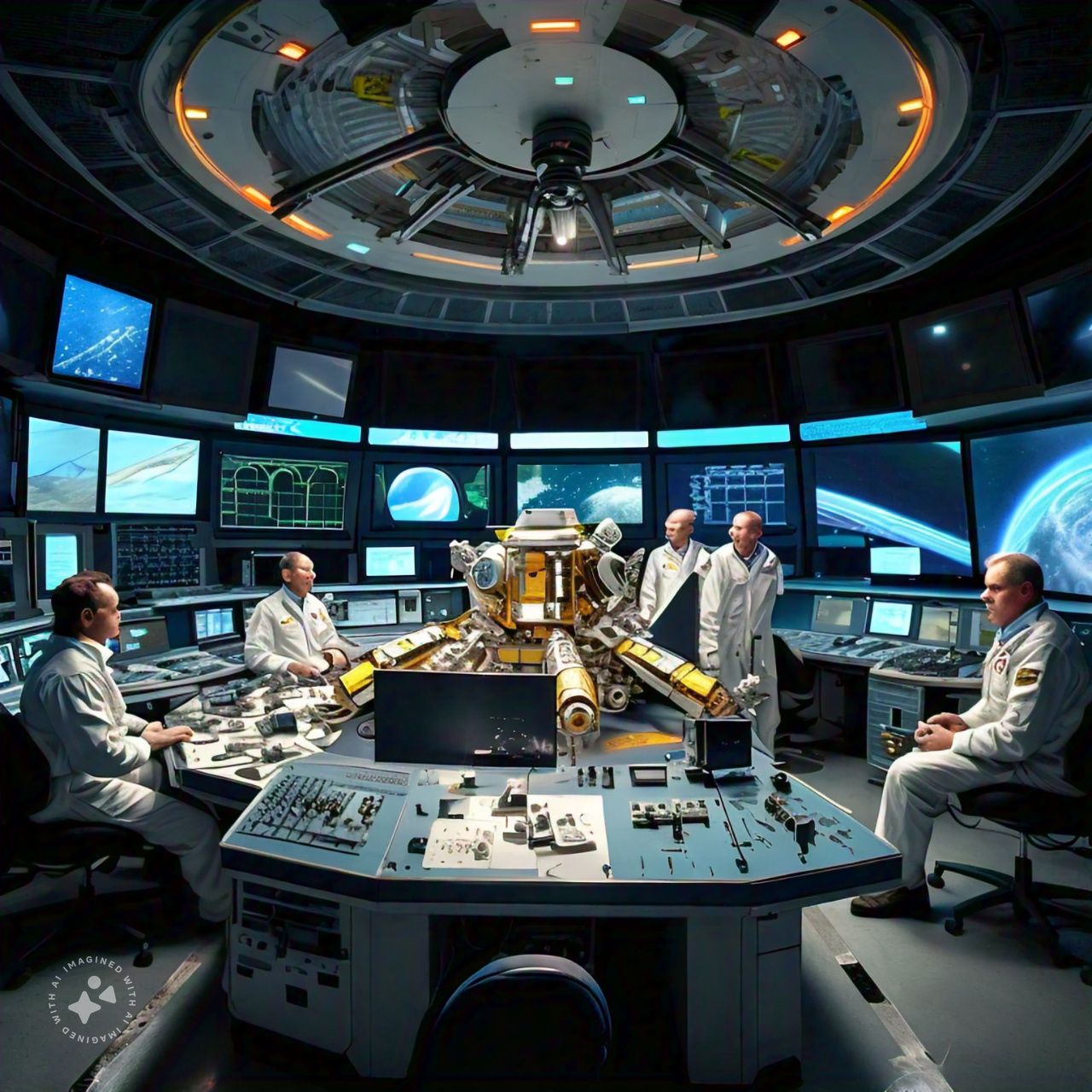How NASA’s Research Drives Advances in Communication Technology
NASA’s research and development efforts have long been at the forefront of technological innovation, not only pushing the boundaries of space exploration but also driving advancements in various fields, including communication technology. The space agency’s need for robust, reliable, and cutting-edge communication systems has led to breakthroughs that have had a significant impact on both space missions and everyday life on Earth.
The Origins of NASA’s Communication Technology
NASA’s journey into advanced communication technology began in the early days of the space race. The challenge of maintaining constant contact with spacecraft and astronauts required novel solutions. The advent of radio communication technology, which was initially developed during World War II, served as the foundation for NASA’s communication systems. Early efforts were focused on improving signal clarity, range, and reliability, which were crucial for the success of missions.
Key Milestones in NASA’s Communication Technology
- The Establishment of the Deep Space Network (DSN): One of NASA’s first major achievements in communication technology was the creation of the Deep Space Network in the 1960s. The DSN consists of three large ground-based antennas located in California, Spain, and Australia. These antennas were designed to provide continuous communication with spacecraft as they traveled through space, ensuring that data and signals could be transmitted over vast distances with minimal disruption.
- The Apollo Program: During the Apollo missions, NASA developed and deployed advanced communication systems to support lunar landings. The communication technology used included the S-band radio system, which allowed for voice, telemetry, and television transmission between the astronauts and mission control. The successful execution of these missions demonstrated the effectiveness of these systems and provided valuable insights for future technological improvements.
- Satellite Communications: NASA played a pivotal role in the development of satellite communication systems. The launch of the Communications Satellite (COMSAT) in the early 1960s marked the beginning of global satellite communications. These satellites enabled real-time transmission of voice, video, and data across the globe, revolutionizing communication in both personal and professional contexts.
Innovations Emerging from NASA’s Research
NASA’s quest for advanced communication technology has led to several innovations that have found applications beyond space exploration:
- High-Definition Video and Data Transmission: NASA’s development of high-definition video transmission technology for space missions has had a significant impact on the media industry. The technology used for transmitting high-quality video from spacecraft to Earth has been adapted for use in broadcasting and telecommunication, enhancing the quality of video content across various platforms.
- Advanced Signal Processing: To improve the quality and reliability of communication signals, NASA has developed sophisticated signal processing techniques. These techniques, including error-correction algorithms and signal modulation methods, have been adapted for use in commercial communication systems, improving the reliability and efficiency of data transmission in everyday applications.
- Deep Space Communication: The technology developed for deep space communication, such as the use of high-gain antennas and low-noise amplifiers, has been adapted for use in remote sensing and other scientific applications. These technologies have enabled more precise measurements and observations, benefiting fields such as meteorology and environmental monitoring.
The Impact on Everyday Communication Technologies
The advancements in communication technology driven by NASA’s research have had a profound impact on everyday life. Some of the key areas where NASA’s innovations have made a difference include:
- Global Positioning System (GPS): The GPS technology, which relies on satellite-based communication, has its roots in NASA’s research on satellite communications and navigation. GPS has become an integral part of modern life, providing accurate location data for navigation, mapping, and various other applications.
- Wireless Communication: NASA’s work on advanced communication systems has contributed to the development of wireless communication technologies. Innovations such as cellular networks and Wi-Fi have been influenced by NASA’s research on radio frequency and signal processing, making wireless communication more accessible and reliable.
- Internet and Data Transfer: The principles and technologies developed by NASA for space communication have been adapted for use in the Internet and data transfer systems. This includes advancements in data compression, error correction, and network protocols, which have contributed to the efficiency and speed of data transfer across the Internet.
Future Prospects and Ongoing Research
NASA continues to drive advancements in communication technology through ongoing research and development efforts. The focus is now on addressing new challenges and opportunities presented by emerging technologies. Some areas of interest include:
- Quantum Communication: NASA is exploring the potential of quantum communication technology, which promises to provide highly secure and efficient communication channels. Quantum communication leverages the principles of quantum mechanics to enable virtually unbreakable encryption and improved data transmission.
- Interplanetary Communication: As NASA plans for future missions to Mars and beyond, there is a need for advanced interplanetary communication systems. Research is focused on developing new technologies to support reliable communication over even greater distances and with higher data rates.
- Advanced Network Architectures: NASA is also investigating advanced network architectures that can support the growing demand for data and connectivity. This includes exploring new ways to integrate satellite networks with terrestrial networks to provide seamless and high-speed communication.
Conclusion
NASA’s research in communication technology has not only been crucial for the success of space missions but has also led to significant advancements in various fields that impact everyday life. From the development of satellite communications and high-definition video transmission to innovations in wireless communication and GPS, NASA’s contributions have shaped the way we communicate and interact with the world. As NASA continues to explore new frontiers, its research will undoubtedly drive further advancements, leading to even more transformative technologies in the future.








